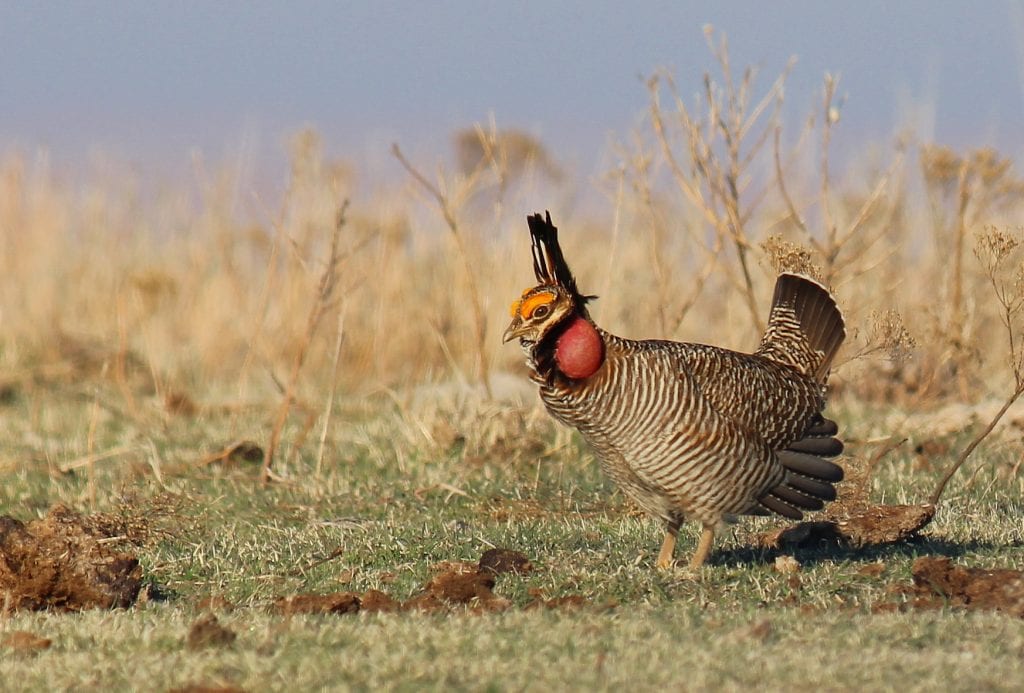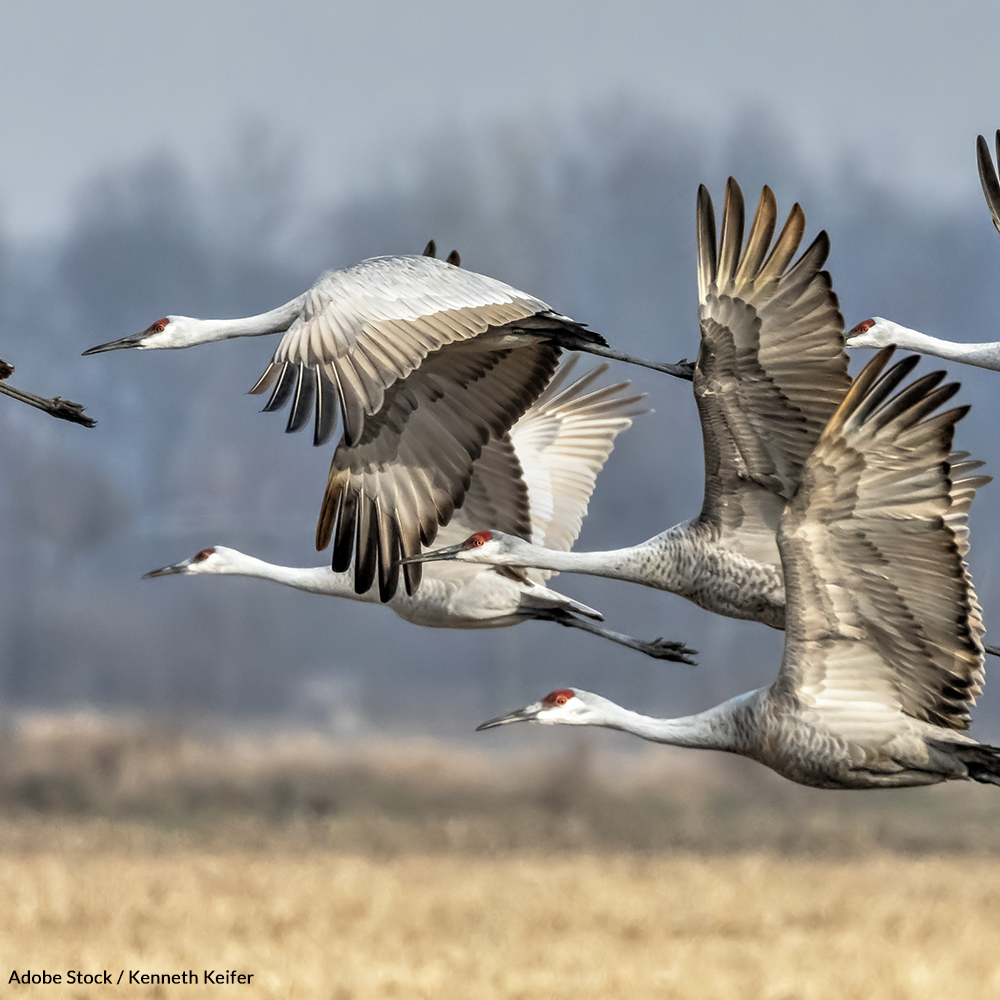
Thompson M1 Submachine Gun
statelymcdanielmanor.wordpress.com
15 – 20 minutes
I last wrote on this topic in December of 2022, so I suppose it’s time for an update. I generally avoid this sort of topic because it’s a mainstay of the firearm press, and I find the endless arguments over what’s “the best” this or that tedious and less than informative. However, I’ll have another run at writing an article that might not be tedious, and might be informative, which is for you, gentle readers, to judge. On to the updated article:
For those well read in the firearms genre, it’s a topic that draws considerable interest, and substantial catcalling: handgun, rifle, or shotgun for home defense?
Let’s get a few matters of reality, rather than preference and pseudo-religious fervor, out of the way. Anyone knowingly entering a gunfight armed with anything less than a rifle, is not thinking straight, and may soon not be thinking at all. Yes I know, a submachine gun, in some circumstances, may be just as effective, but I know you understand the point: rifle ammunition is far more powerful, thus far more potentially effective, than handgun ammunition. Shotgun ammunition is also powerful, but less so as ranges increase. We’ll get back to that shortly. Also, long guns are easier to shoot accurately than handguns, though tend to be unwieldy indoors or in similarly close quarters.
We’ll assume for the sake of argument in your hypothetical home defense situation, you are entirely within the law. In most states with the castle doctrine, the legal presumption is anyone unlawfully trying to enter, or entering, your home is there for nefarious purposes, and you may use whatever reasonable force is necessary to stop them. See this article for the five elements of the lawful use of deadly force. Note the term “stop,” not “kill.” We shoot because of the overwhelming need to stop the person shot from doing whatever hostile act they were about to do—that’s imminent–or doing that gave us legal justification to shoot at all. Therefore, we use the most effective tool for that purpose, which is at once simple, and fiendishly difficult. Consider this excerpt from the aforementioned article:
There are three primary means of stopping someone: (1) neural damage, (2) exsanguination (massive and rapid blood loss) and (3) breaking the skeleton. A well-placed shot to the brain, particularly the brain stem, will virtually always immediately end the confrontation, but the head is a small target, it’s usually moving, and shooting accurately under stress is fiendishly difficult, as you now know. Piercing an artery will usually result in unconsciousness, perhaps even death, within about three minutes, but that’s three minutes of at least partially useful consciousness, which means during those three minutes, the bad guy can still kill you. He’s not stopped, merely impaired. He may not even feel the bullet hit him, may not even realize you’ve killed him until, while looking down on your corpse and laughing, he does a face plant from plummeting blood pressure.
Psychology is also involved, but is notoriously uncertain. Some people, receiving an entirely survivable wound will immediately drop to the ground and cease all movement, or run as though Satan were on their heels. I call this the “oh shit! I’ve been shot!” response. Others will soak up enormous quantities of bullets, even if some of those wounds are mortal, and continue their violence until some combination of the methods of stopping inevitably take their toll. And yes, there are many cases of people sustaining ridiculous numbers of gunshot wounds—almost exclusively handgun rounds–and surviving. Most people shot with handgun ammunition do not die. It’s no fun, but it’s usually not fatal.
So what to do? Shoot for center mass—the center of the chest at or slightly above the sternum–as many rounds as necessary, to stop the attacker. Shoot them until the reason you had to shoot no longer exists, until they are no longer an imminent threat of serious bodily injury or death to you or others. If that takes a single bullet, fine. If it takes ten, it’s still within the law and morality, because the law allows you to stoptheir murderous attack. Preserving innocent life is moral; taking it is not.
Note: for the sake of appearances, and to avoid provoking leftist prosecutors, it’s always best to shoot as few rounds as possible, but that should never prevent you, if you’re legally in the right, from using a greater number of rounds if necessary.
We shoot for center mass to do the most damage to the heart, lungs, major blood vessels and nerves, and potentially even the spine. Coincidentally, wounds there may kill the attacker, immediately or eventually, but one never shoots to kill, only to stop.It’s not trivial semantics, nor is it feel good pop psychology. If someone trying to cause you or another serious bodily injury or death dies as a result of being stopped, that’s their fault,their choice. The moral high ground is with the defender, not the murderer. So is the legal high ground.
But which class of firearm is best for the home defense scenario, which will generally be a short-range affair, with uncertain backstops, including neighbor’s homes?
If you think I’m not in favor of handguns, you’re missing the point. Handgun ammunition is less powerful, hence potentially less effective in stopping, attackers at any range in comparison with rifle and shotgun ammunition. With anything—generally speaking–other than hollowpoint ammunition, it is also potentially dangerous to others due to over-penetration. But remember this venerable axiom: speed is fine, but accuracy is final. An accurately placed handgun bullet is superior to a miss with the most powerful rifle. Precise accuracy/bullet placement always matters.

We carry handguns because they are small, light, and far more easily concealed than any kind of long gun. However, they are also not nearly as easy to shoot accurately as long guns at just about any range. Employed properly, they are more easily maneuvered in tight quarters, and most modern semiautomatics have adequate magazine capacity, though any firearm used for self-defense must always be accompanied by extra magazines, or in the case of shotguns, at-hand ammunition. Yes, most self-defense shootings require only seconds and a few rounds, but one never knows when that average is not going to hold true or how many attackers one might face. It takes little Google time to find cases of people attacked in their homes by three or four thugs, or an angry, entitled mob, in which case, a 30-round magazine, and a readily available magazine change, might very well be the difference between life and death.
I’m not going to go into proper home defense tactics, and that includes the use of lights, lasers, red dot sights, etc. That, and more, requires a book-length treatment. Nor will I go into muzzle energy, bullet weights and velocities, etc. for the same reason. A 115 grain 9mm bullet, with a bit more than 400 FP of energy at the muzzle striking a non-vital area of the body will surely have less stopping effect than a 45 grain .22 magnum hitting a vital area, though it has less than half the muzzle energy. If you’re getting the idea this is not a simple topic, you’re on the right track.
I’ve already covered the main deficits of handguns. However, they are beneficial because of their size, quick deployment, relatively low report and muzzle flash (compared with rifles and shotguns), and relatively low recoil. Yes. I know some handguns recoil more than others and intrinsic, as opposed to felt, recoil are also factors, but we’re dealing in generalities here.

Walker electronic hearing protector
One quick side trip: It’s a good idea to have electronic hearing protectors accompanying your home defense weapon. Walker makes a line of these devices as low as $40.00. They feature microphones that amplify sound, yet instantaneously reduce gunshots to harmless sound pressure levels. Gunshots indoors are very loud indeed. One must, of course, regularly test them and replace batteries as necessary. Best of all, they work. Remember: hearing damage from gunshots is immediate and cumulative.

Remington 870 “Home Defense” shotgun
Shotguns:some defend these weapons with fanatic fervor, and there is no question a well-aimed pattern of shot can produce fearsome, and potentially immediately attack-stopping wounds. However, they are not magic. They require careful shot choice—buckshot is the usual, preferred choice—and they must be aimed. That shot patterns spread, often dramatically, as range increases, is a bug, not a feature, in this application. This is not usually an issue at inside-a-house ranges—if one actually aims–so a baseball-sized pattern will expand to no more than basketball size.
Shot generally does not over penetrate, and if pellets miss, aren’t usually as dangerous as handgun, and especially, rifle, projectiles. However, report, muzzle flash, and recoil, particularly in 12 gauge, and with full charge ammunition, are considerable, even painful.

KelTec KSG shotgun
Shotguns are heavy and can be long and unwieldy in close quarters, but that can be at least partially addressed by weapons like the Kel Tec KSG, a dual magazine tube, pump action, bullpup design. Much shorter than conventional shotguns but with a full length barrel, it retains sufficient mass not to greatly increase recoil.

KelTec KSG410
KelTec has also produced the KSG410, another bullpup, pump action, dual magazine tube design, with a capacity of eleven 3” shells. It reportedly has very little recoil, and due to past, and upcoming right shoulder surgeries, I find even a .20 gauge semiautomatic shotgun painful. The KSG410 is, after a nearly year-long tease, apparently shipping, and I plan to try one when possible. A bullpup design of that magazine capacity that does not produce excessive recoil, report or muzzle flash might be a very good home defense choice.
Semiautomatic shotguns, as compared to pump shotguns, generally have less recoil, and with .20 or .410 gauge ammunition, much less recoil than .12 gauge. One can also minimize length by choosing shotguns with 18” barrels. Shotguns without stocks and only pistol grips are available, but those have their own accuracy issues. If one is contemplating a long gun, surrendering their accuracy advantages isn’t a good idea, and the shorter the barrel, the louder the report (arguably) and greater the muzzle blast.

Winchester SX4 semiautomatic shotgun
I’ve owned many shotguns, pump and semiautomatic, but as I noted, I’m now more recoil sensitive and shoot a great Winchester SX4 semiautomatic shotgun in .20 gauge. In fact, Mrs. Manor suggested we buy it. No. You can’t have her at any price. She’s mine. The SX4 is fast handling, accurate, reliable, and doesn’t beat my much-abused shoulder to death. The recoil is, in shotgun terms, mild. I’m finding it more difficult to find buckshot in 20 gauge than in 12 gauge, however, and even mild .20 gauge recoil is excessive for me for long-term training/shooting. As a hunting shotgun, firing a few rounds during a hunting trip, it’s acceptable.

Ruger AR-556 MPR rifle
Rifles:an obvious choice is an AR-15, or similar, rifle. The AR family is relatively light, the .223/5.56mm cartridge is sufficiently powerful, the rifles are relatively compact and ergonomics are excellent. Various manufacturers make left-handed models. The collapsible buttstock allows easy adjustment for length of pull for most shooters—a good thing for women and children or men of smaller stature. For a rifle, its muzzle flash and report are mild, but in comparison with handguns and even shotguns, is still considerable. Now standard 16” to 18” barrels make the rifle easier to maneuver in tight quarters, and the recoil of the .223 is famously slight.
For obvious reasons apart from its exceptional ergonomics, the AR-15 family of rifles is easier to shoot accurately and well than handguns or shotguns. Lever action rifles might also be a reasonable choice, though they require more skill and practice for repeated shots, and have limited magazine capacity, particularly in rifle-caliber versions. Bolt-action rifles, for obvious reasons, are not a good home defense choice, and cartridges with more mass and energy than the .223, such as the .308, are not a good choice. They absolutely will over-penetrate, and can be expected to go not only through single walls, but multiple houses, unless stopped by much more solid objects then common building materials. That’s what such cartridges are designed to do, and at very long ranges.

With high sight line rifles like the AR family, one must keep that high sightline in mind at short distances. Bullets will strike about 4” below point of aim, so it’s necessary to adjust that aim point high to strike where intended, or a laser sight zeroed at 15-20 yards can be used to compensate. Merely use the laser dot, not the sights at close range.

Ruger PC Carbine
Pistol caliber carbines like the Ruger PC Carbine, a takedown design, which uses easily found, inexpensive and reliable Glock magazines, and the S&W M&P FPC a folding 9mm carbine with storage for two magazines in the butt—

S&W M&P FPC carbine
–are also viable choices. Smaller and lighter than many rifles, their rifle-length barrels impart substantial extra velocity to handgun ammunition, making it potentially more effective. My article on the PC carbine is here. The Kel Tec CMR-30 might also be a good choice. My article on that carbine is here.

Kel Tec CMR 30 carbine
Again, ammunition choice is always paramount. One wants a bullet that will tend to expand and/or fragment in its target rather than punch a bullet-diameter hole completely through and continue on its way only slightly slowed down.
Final Thoughts:As with all matters firearm, much comes down to physiology, choice and experience. A pump action 12 gauge shotgun loaded with 3” 00 buckshot will almost certainly not be an optimum choice for a 5’, 98 pound woman, while her 6’, 190 pound husband might be comfortable. A semiautomatic shotgun in 20 gauge might be entirely workable for both, if one can find one with an 18”—the legal minimum–barrel. The KelTec KSG410 might be a good choice for both, but I’m not yet in a position to recommend it.
She might also be completely comfortable with a wide variety of handguns, though that comfort should come only as a result of regular, correct, practice. Both could be very effective with an AR, but again, only after regular, correct practice.
What do I mean by “regular, correct practice.” That would not be a once a year trip to the range, firing only 50 rounds on a silhouette target at five yards. It would entail frequent trips to the range until the shooter knows, at every distance they are likely to encounter, standing, kneeling, and even prone, and shooting behind cover, they can put rounds exactly where they want them to go. This also includes multiple shot strings and multiple targets, and ideally low and no light shooting with flashlights.
Do you begin, gentle readers, to see why being able to do this with a handgun is harder than with a shotgun or rifle? Remember; we’re talking about on-the-range shooting at known distances, in good light, where targets don’t shoot back, where one isn’t trying to instantly snap out of a deep sleep, and where one’s adrenaline isn’t overwhelming their senses.

Glock 17 with Railmaster Pro (right side view)
I am comfortable with a handgun—Glock 17–with an attached light/laser, and two accompanying spare magazines. Go here for my article on the G17, and here for a review of the laser/light.
I would be equally comfortable with other choices—I’d love a fully automatic Thompson. I owned a 1928 once, but that’s a long story. I’m old school, but one can’t get those anymore, so the G17 is the weapon upon which I rely. But I am a large, still strong, man, so I have more viable choices than some.
What’s the answer? It’s only general: choose a weapon with which you can send each shot, under stress, exactly where you want it to go, and put in the time, money and effort to reach that level of skill and comfort. Choose a gun/cartridge with which you have the best reasonable chance, given your physiology, of placing bullets where they will immediately stop a violent attack. There is also much to be said for using the same gun—handgun—for daily carry and home defense.
Then, plan ahead, and do everything you can to ensure you never have to use those skills.


























